Home>Construction & Tools>Building Materials>How Long Will A Brick House Last
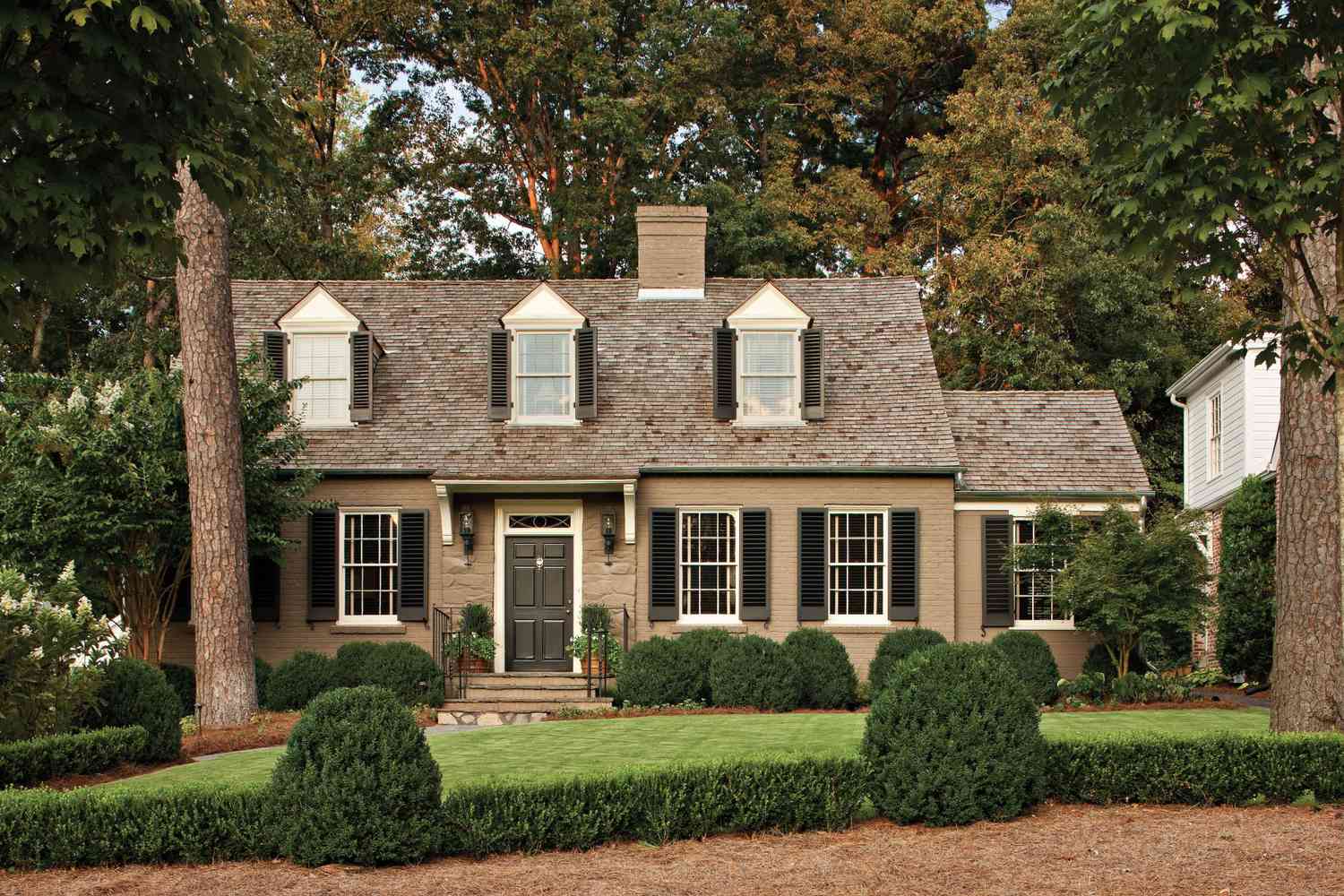

Building Materials
How Long Will A Brick House Last
Modified: February 18, 2024
Discover the longevity of brick houses and the durability of building materials. Learn how to make your home last for generations. Explore the lifespan of different construction materials.
(Many of the links in this article redirect to a specific reviewed product. Your purchase of these products through affiliate links helps to generate commission for Storables.com, at no extra cost. Learn more)
Introduction
Brick houses have long been celebrated for their timeless appeal, durability, and classic aesthetic. They evoke a sense of permanence and sturdiness, standing as a testament to the craftsmanship of bygone eras. However, the lifespan of a brick house is a subject of curiosity and intrigue for many homeowners and enthusiasts of traditional architecture. In this article, we will delve into the various factors that influence the longevity of brick houses, the role of maintenance and repairs, and the environmental considerations that impact their durability. By understanding these elements, homeowners can gain valuable insights into preserving and safeguarding the structural integrity of their brick homes for generations to come.
Key Takeaways:
- Brick houses can last for generations if built with high-quality materials, expert construction, and regular maintenance. Understanding environmental factors and addressing them can also extend their lifespan.
- Regular inspections, timely repairs, and proactive care are crucial for preserving the strength and beauty of brick houses. Embracing sustainable practices can fortify them against environmental challenges.
Read more: How Long Does Painted Brick Last
Factors Affecting the Lifespan of Brick Houses
Several critical factors play a pivotal role in determining the lifespan of a brick house. Understanding these elements is essential for homeowners and builders alike, as it empowers them to make informed decisions that can prolong the structural integrity of the property.
- Quality of Materials: The longevity of a brick house is significantly influenced by the quality of the materials used in its construction. High-grade bricks, mortar, and other building components contribute to a more robust and enduring structure.
- Construction Techniques: The skill and precision employed during the construction process are paramount. Properly laid bricks, solid foundations, and expert craftsmanship can significantly extend the lifespan of a brick house.
- Exposure to Elements: The geographical location of the brick house and its exposure to natural elements such as sunlight, rain, snow, and fluctuating temperatures can impact its longevity. Proper design considerations and protective measures can mitigate these effects.
- Structural Load and Settlement: The ability of a brick house to withstand structural load, settlement, and potential ground movement is crucial. Adequate reinforcement and foundational support are essential for long-term stability.
- Maintenance and Care: Regular maintenance, timely repairs, and proactive care play a significant role in preserving the lifespan of a brick house. Diligent upkeep can address minor issues before they escalate into major concerns.
By comprehensively addressing these factors, homeowners and builders can enhance the durability and longevity of brick houses, ensuring that they stand the test of time with resilience and grace.
Maintenance and Repairs
Maintenance and repairs are integral aspects of ensuring the longevity of a brick house. Implementing a proactive approach to maintenance and addressing repairs in a timely manner can significantly extend the lifespan of the structure.
Regular Inspections: Conducting routine inspections of the brickwork, mortar, and overall structural integrity is essential. Identifying and addressing issues such as cracks, water damage, or mortar deterioration early on can prevent them from escalating into larger, more costly problems.
Mortar Repointing: Over time, the mortar between bricks can degrade due to exposure to the elements. Repointing, or the process of renewing the external part of the mortar joints, is crucial for maintaining the stability and weather resistance of the brickwork.
Sealing and Waterproofing: Applying appropriate sealants and waterproofing solutions to the exterior of the brick house can safeguard it against moisture penetration and weather-related deterioration. This proactive measure can prevent water damage and prolong the lifespan of the structure.
Addressing Structural Settling: Monitoring and addressing any signs of structural settling or movement is imperative. This may involve consulting with professionals to assess and rectify any underlying issues that could compromise the long-term stability of the brick house.
Professional Restoration: Engaging qualified professionals for periodic restoration and preservation efforts can revitalize the appearance and structural integrity of a brick house. This may include cleaning, repairing damaged bricks, and applying protective coatings to enhance durability.
By prioritizing regular maintenance, promptly addressing necessary repairs, and enlisting the expertise of professionals when needed, homeowners can uphold the strength and allure of their brick houses for decades, if not centuries, to come.
Regular maintenance and timely repairs can help a brick house last for over 100 years. Keep an eye on the mortar, roof, and foundation to ensure longevity.
Environmental Considerations
Environmental factors exert a significant influence on the longevity and resilience of brick houses. Understanding and addressing these considerations is crucial for preserving the structural integrity and aesthetic appeal of these enduring architectural marvels.
Climate and Weather Exposure: The climate in which a brick house is situated plays a pivotal role in its longevity. Exposure to extreme temperatures, high humidity, heavy rainfall, or prolonged periods of intense sunlight can impact the bricks and mortar. Proper design considerations and protective measures, such as overhangs and appropriate sealing, can mitigate these effects.
Vegetation and Landscaping: The presence of nearby trees, shrubs, and other vegetation can influence the lifespan of a brick house. Overhanging branches, creeping roots, or accumulated foliage can pose potential risks to the structure, necessitating proactive measures to safeguard against damage and deterioration.
Pollution and Urban Factors: Brick houses in urban environments may be exposed to pollutants, industrial emissions, and other urban-related factors that can affect their appearance and longevity. Regular cleaning and maintenance can help mitigate the impact of these environmental stressors.
Geological Considerations: The geological composition of the land on which a brick house is built can also influence its longevity. Factors such as soil stability, seismic activity, and ground movement should be taken into account during the construction and ongoing maintenance of the structure.
Sustainable Practices: Embracing sustainable building practices and environmentally friendly maintenance approaches can contribute to the long-term resilience of brick houses. Utilizing eco-friendly sealants, responsibly sourced materials, and energy-efficient design principles can enhance the sustainability of these timeless structures.
By conscientiously addressing environmental considerations, implementing protective measures, and embracing sustainable practices, homeowners can fortify their brick houses against the challenges posed by the natural and urban environments, ensuring their endurance for generations to come.
Conclusion
The lifespan of a brick house is a testament to the enduring allure and remarkable durability of this timeless architectural form. From the quality of materials and construction techniques to the impact of environmental factors and the role of proactive maintenance, numerous elements converge to shape the longevity of these iconic structures.
By comprehensively understanding the factors that influence the lifespan of brick houses, homeowners and builders can embark on a journey of preservation and stewardship. Embracing a proactive approach to maintenance, promptly addressing repairs, and conscientiously considering environmental factors can safeguard these cherished homes for future generations to admire and enjoy.
As custodians of history and tradition, it is incumbent upon homeowners and builders to uphold the legacy of brick houses by nurturing their resilience and timeless beauty. By integrating sustainable practices, leveraging expert craftsmanship, and embracing a deep appreciation for the enduring charm of brick, these architectural treasures can stand as enduring symbols of strength and elegance.
In essence, the lifespan of a brick house is not merely a measure of years, but a testament to the enduring legacy of a construction material that has transcended time and trends. As we look to the future, it is with a profound sense of respect and admiration for the brick house—a steadfast icon of architectural excellence and timeless appeal.
Frequently Asked Questions about How Long Will A Brick House Last
Was this page helpful?
At Storables.com, we guarantee accurate and reliable information. Our content, validated by Expert Board Contributors, is crafted following stringent Editorial Policies. We're committed to providing you with well-researched, expert-backed insights for all your informational needs.
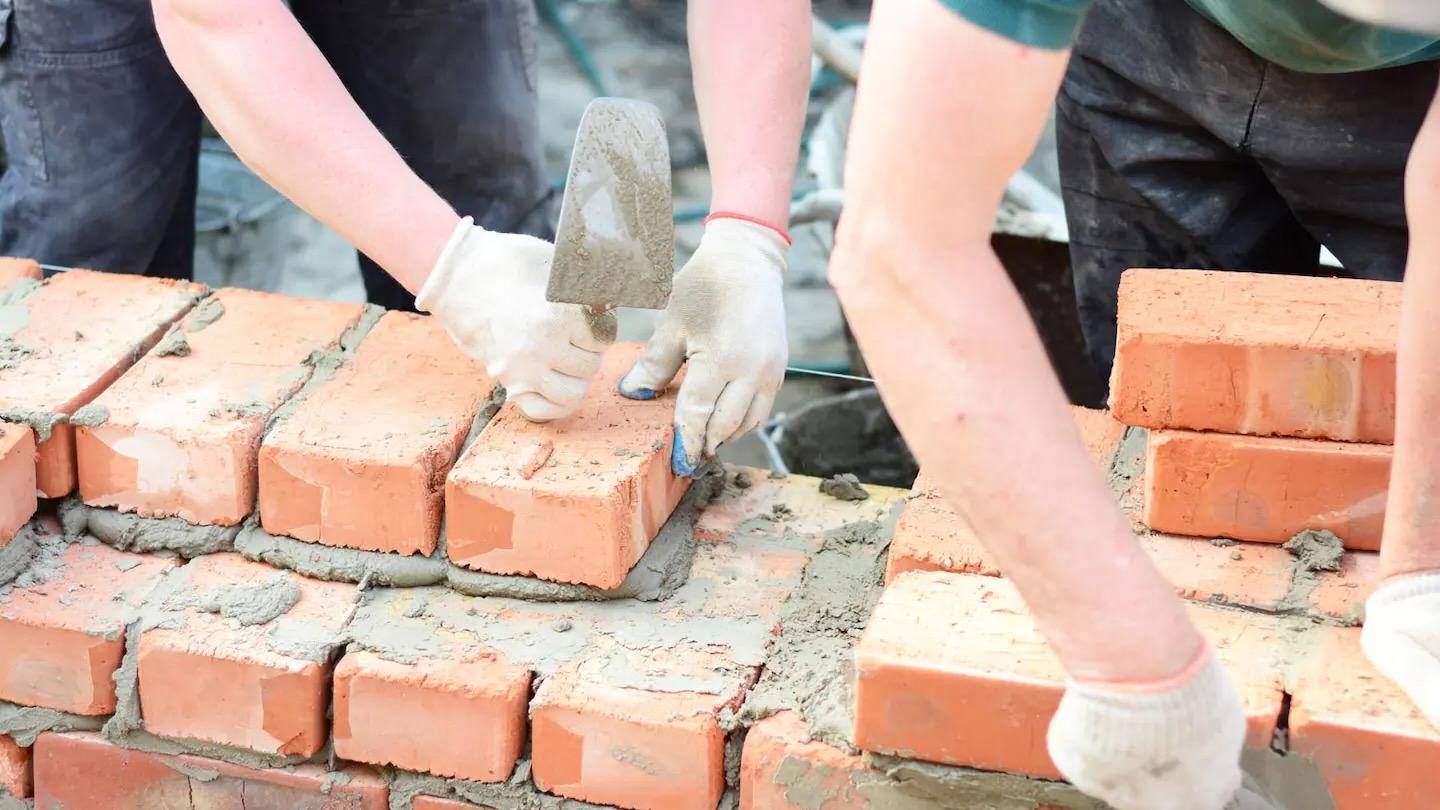
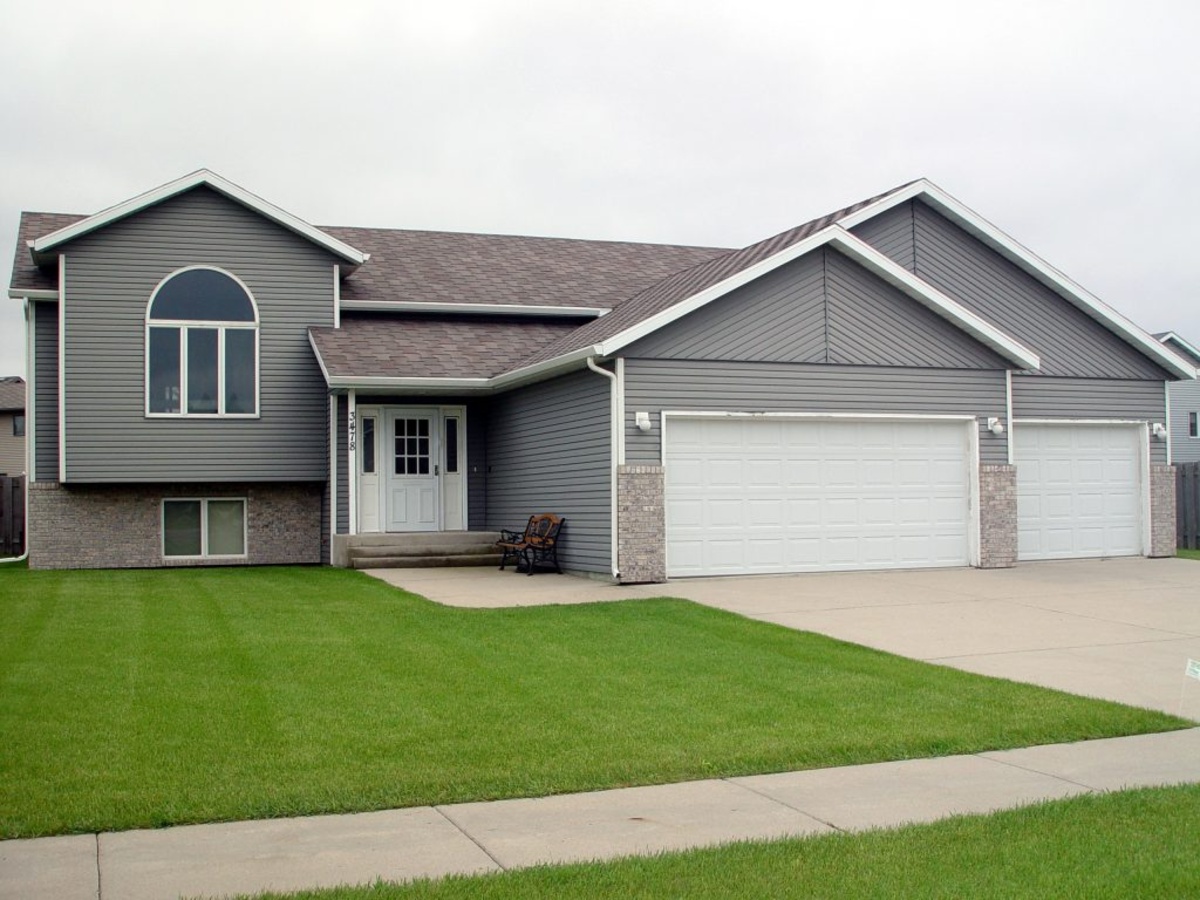
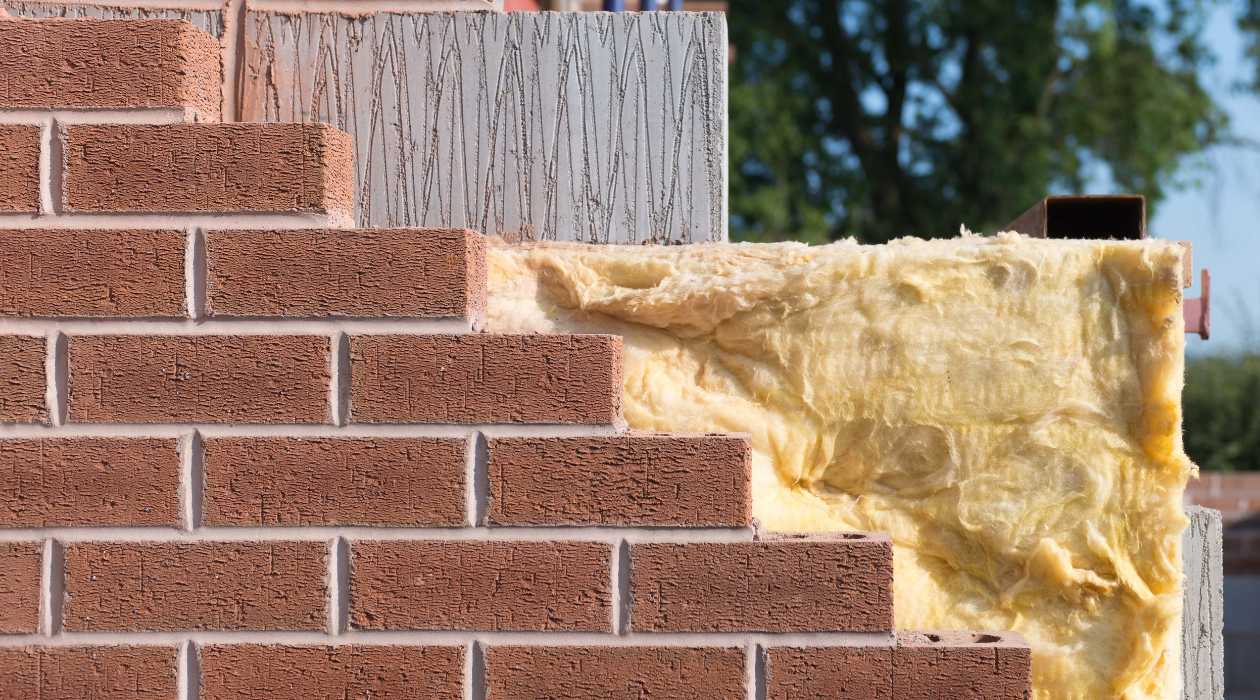
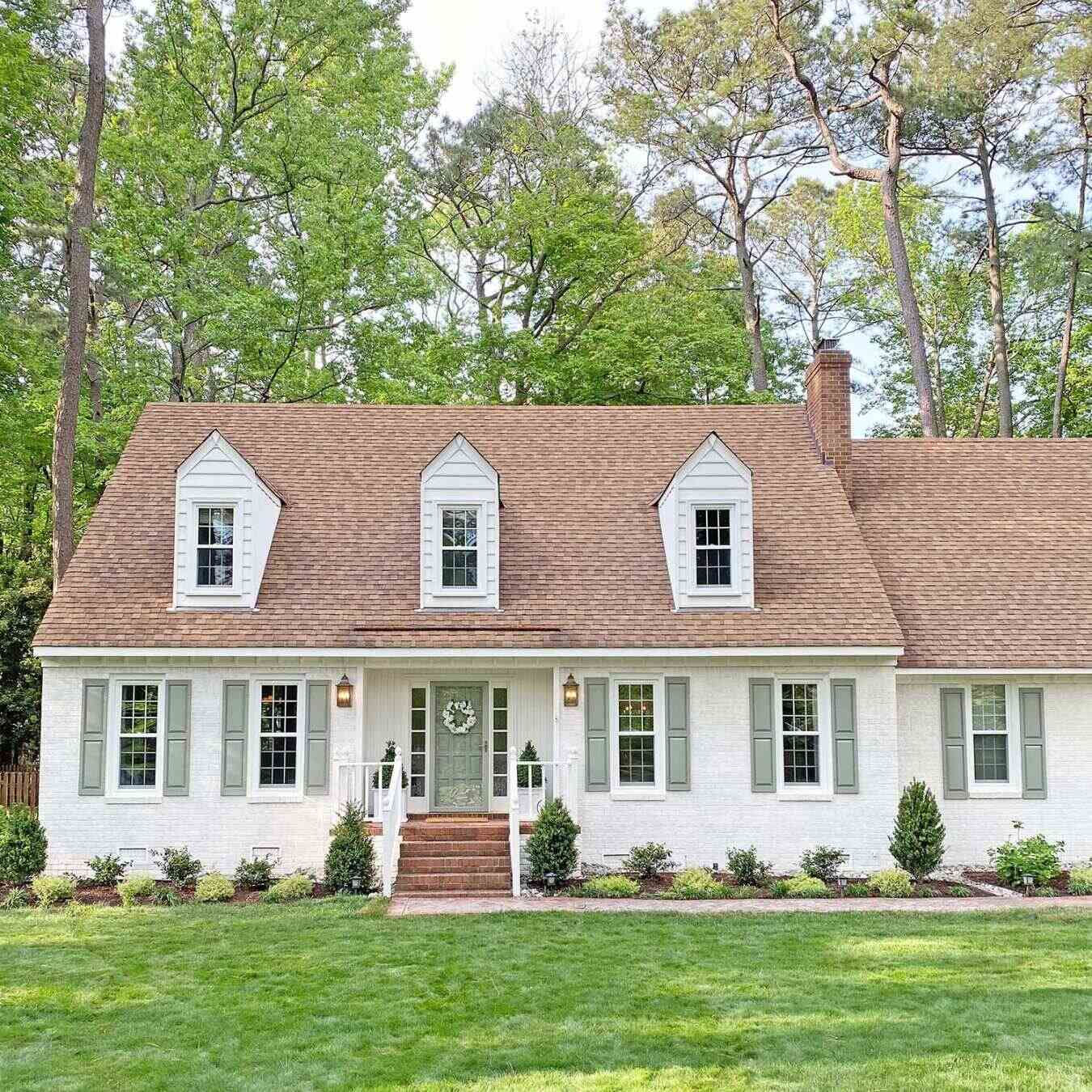
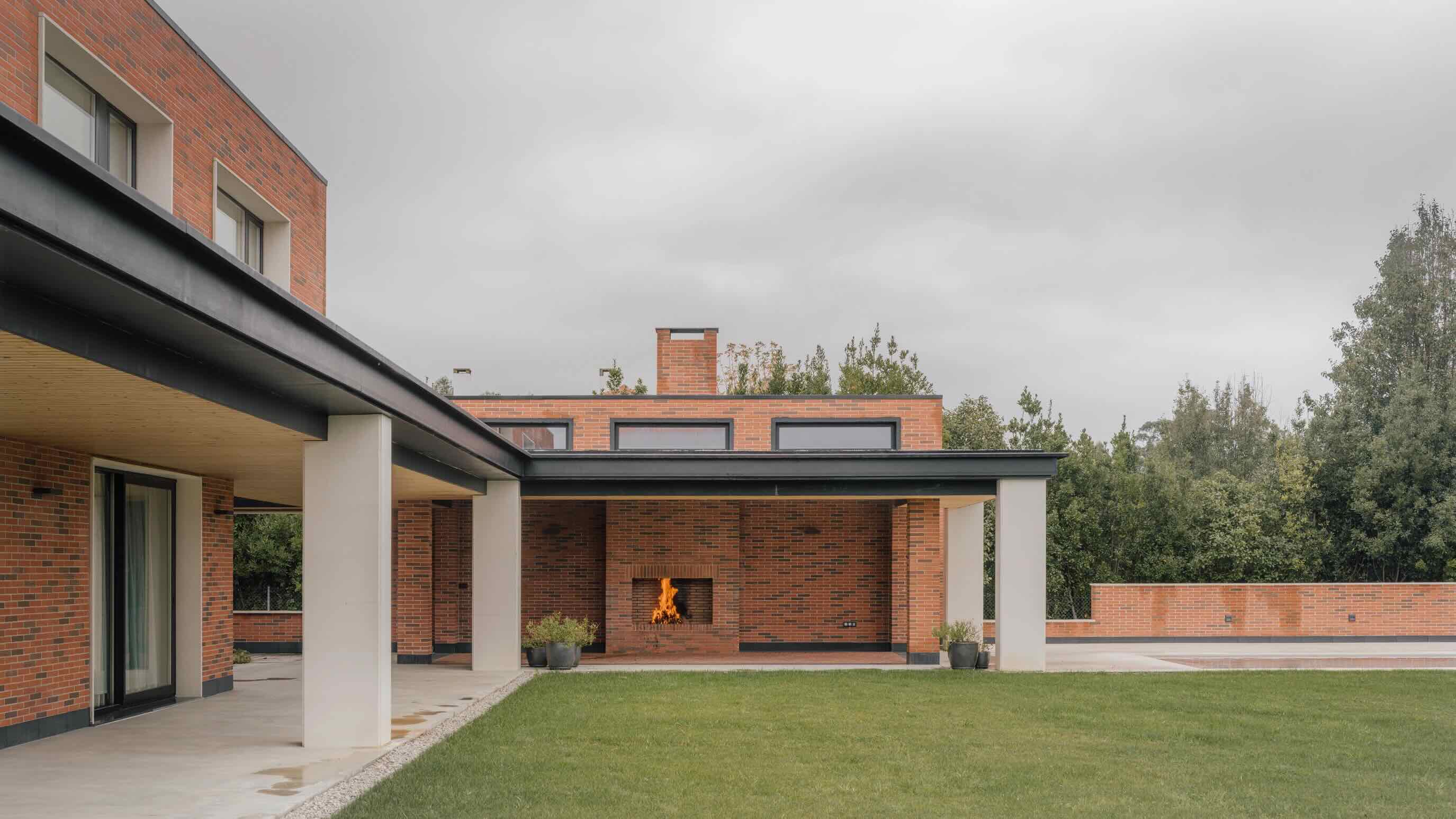
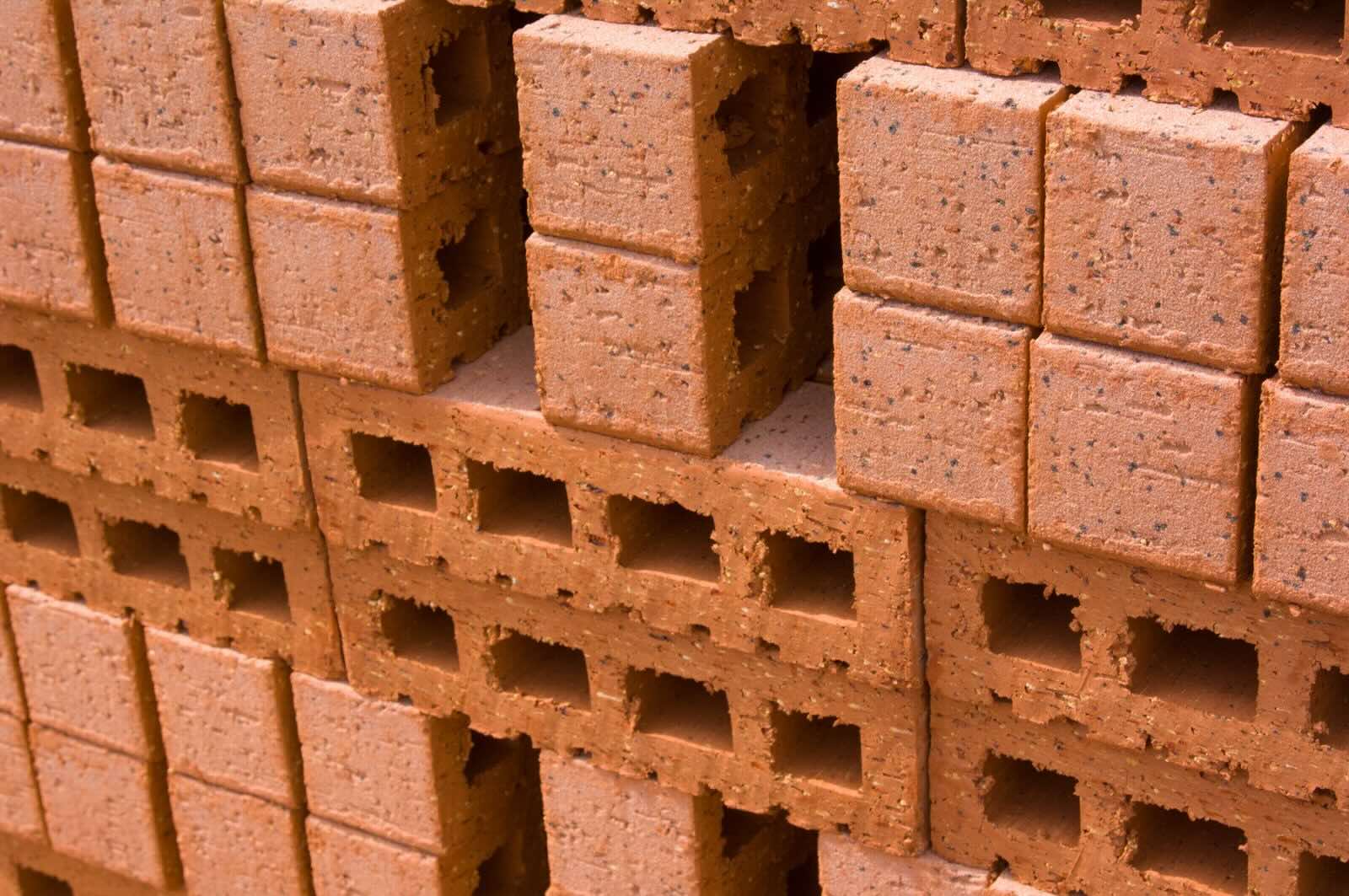
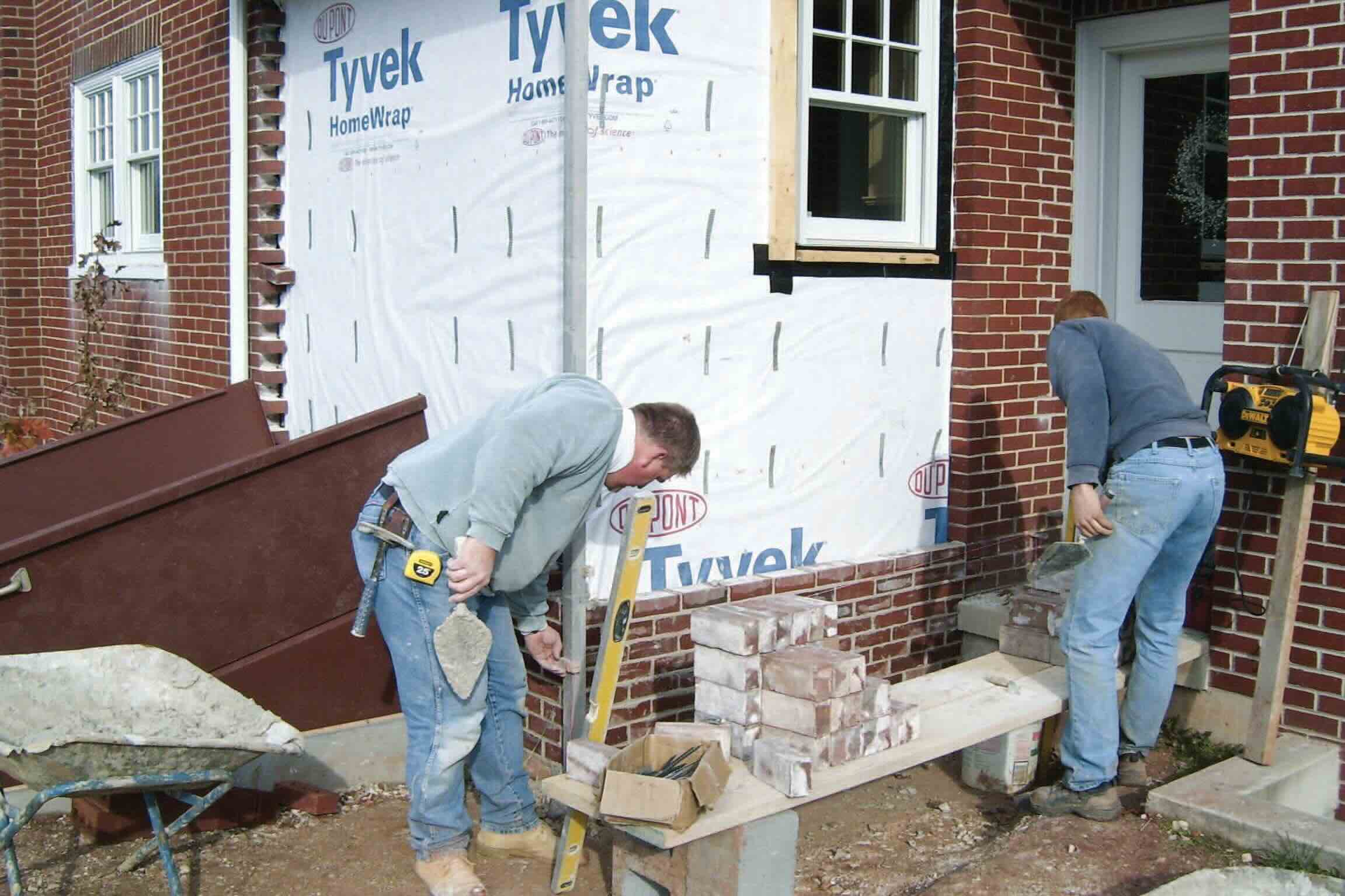

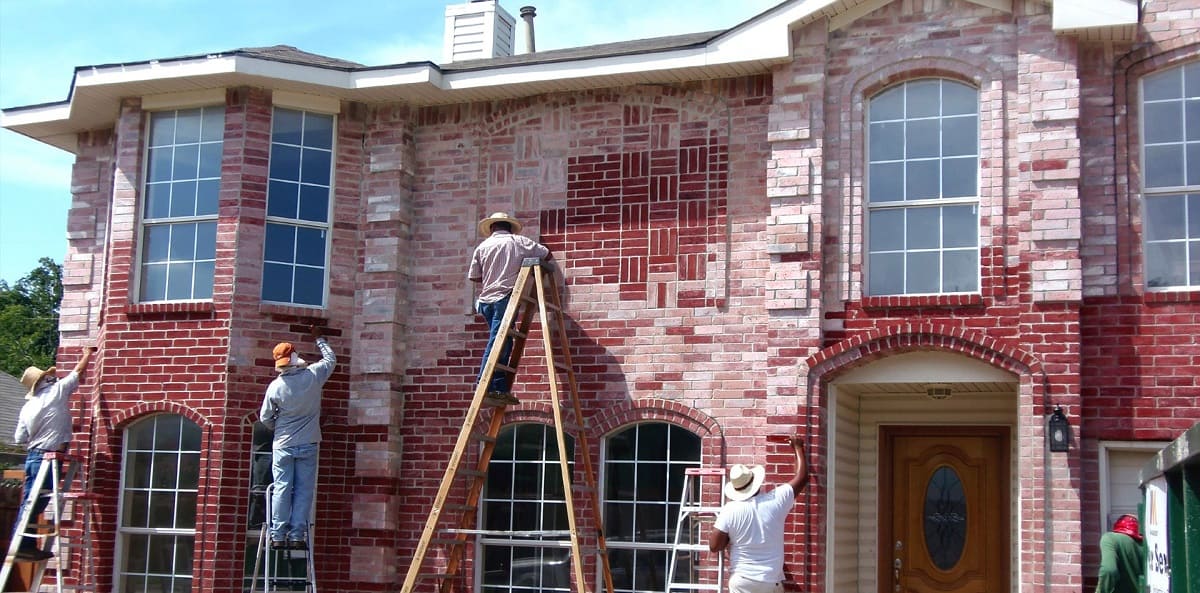
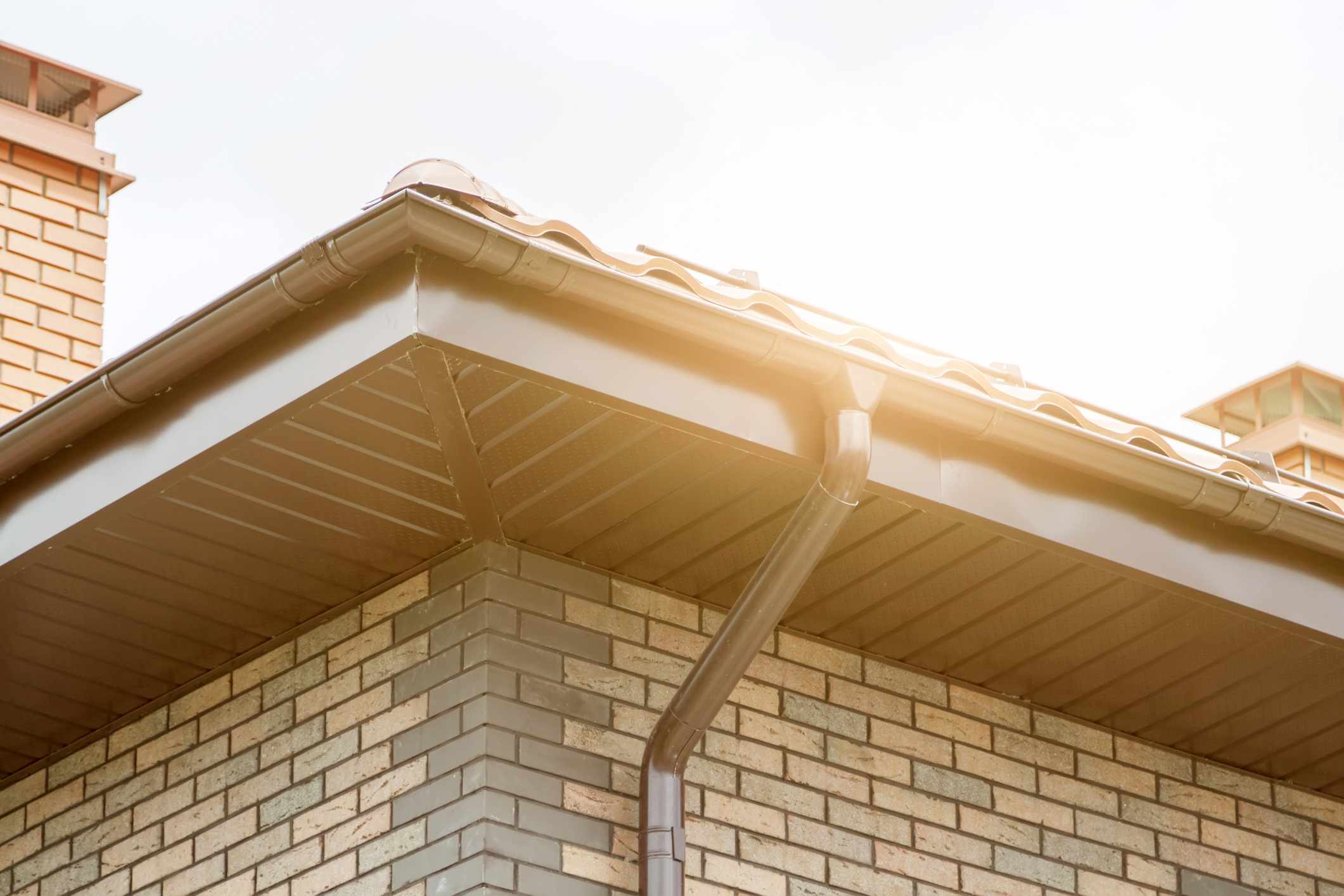
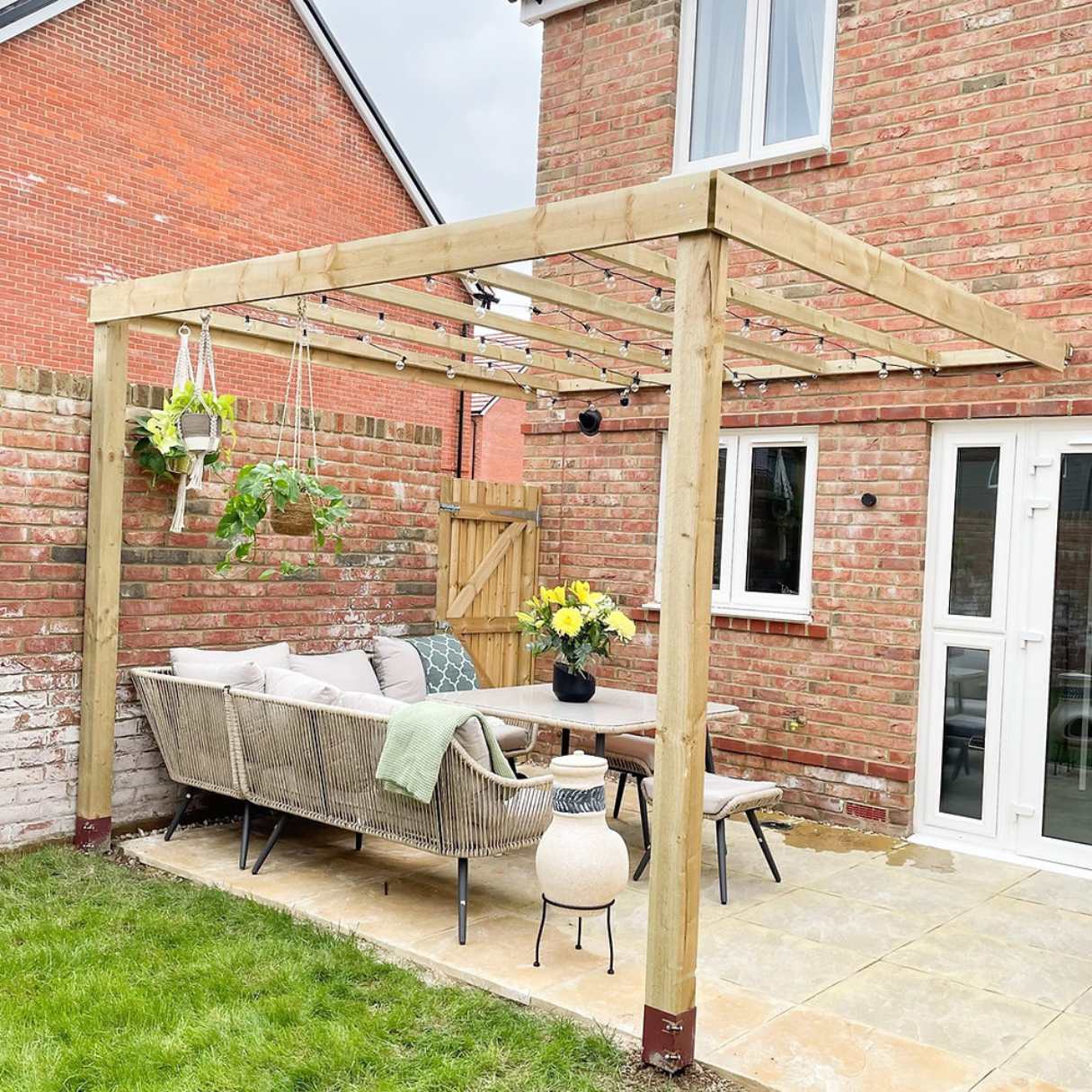
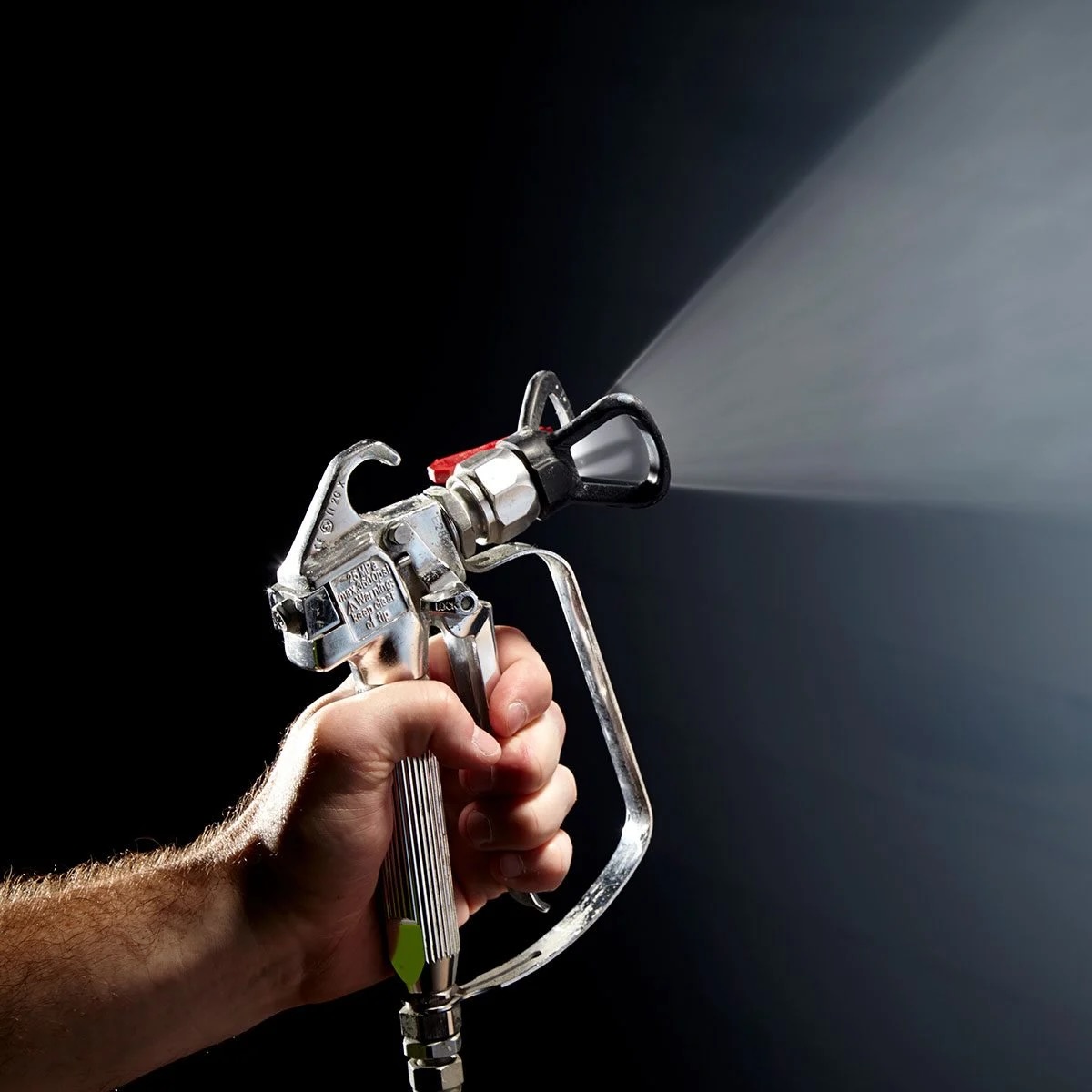
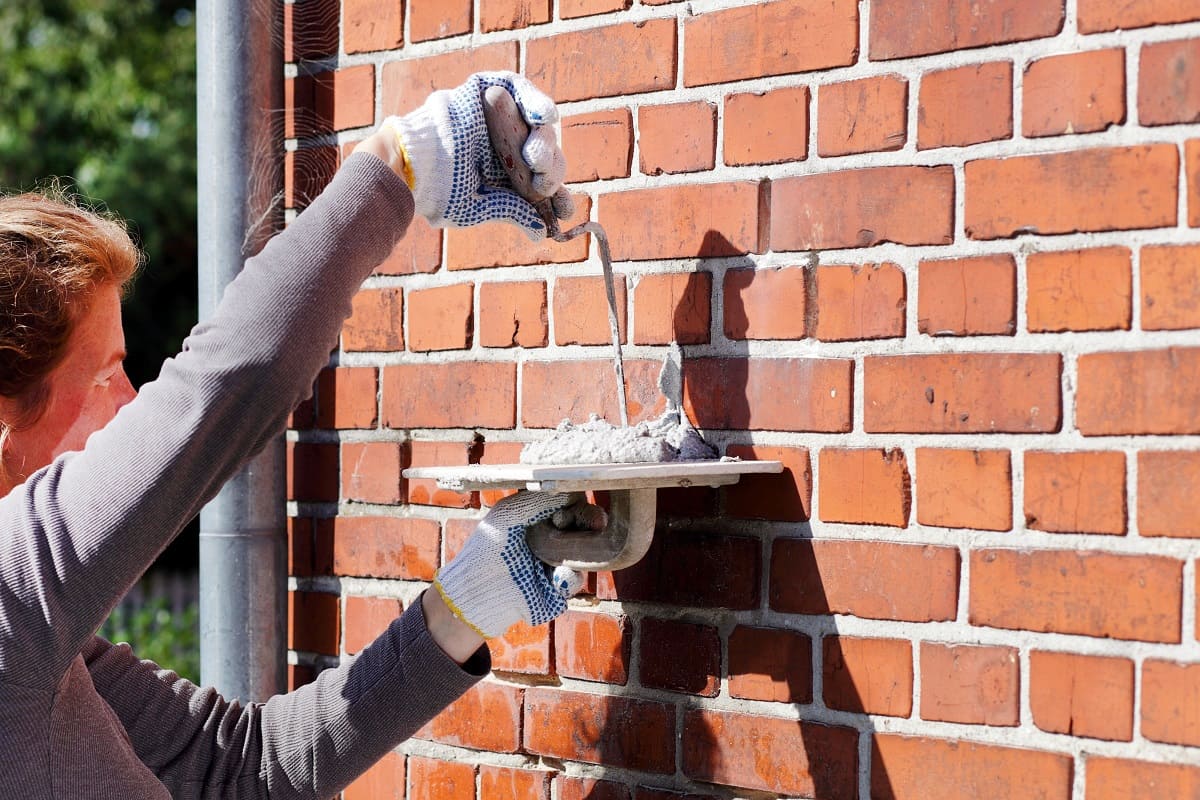
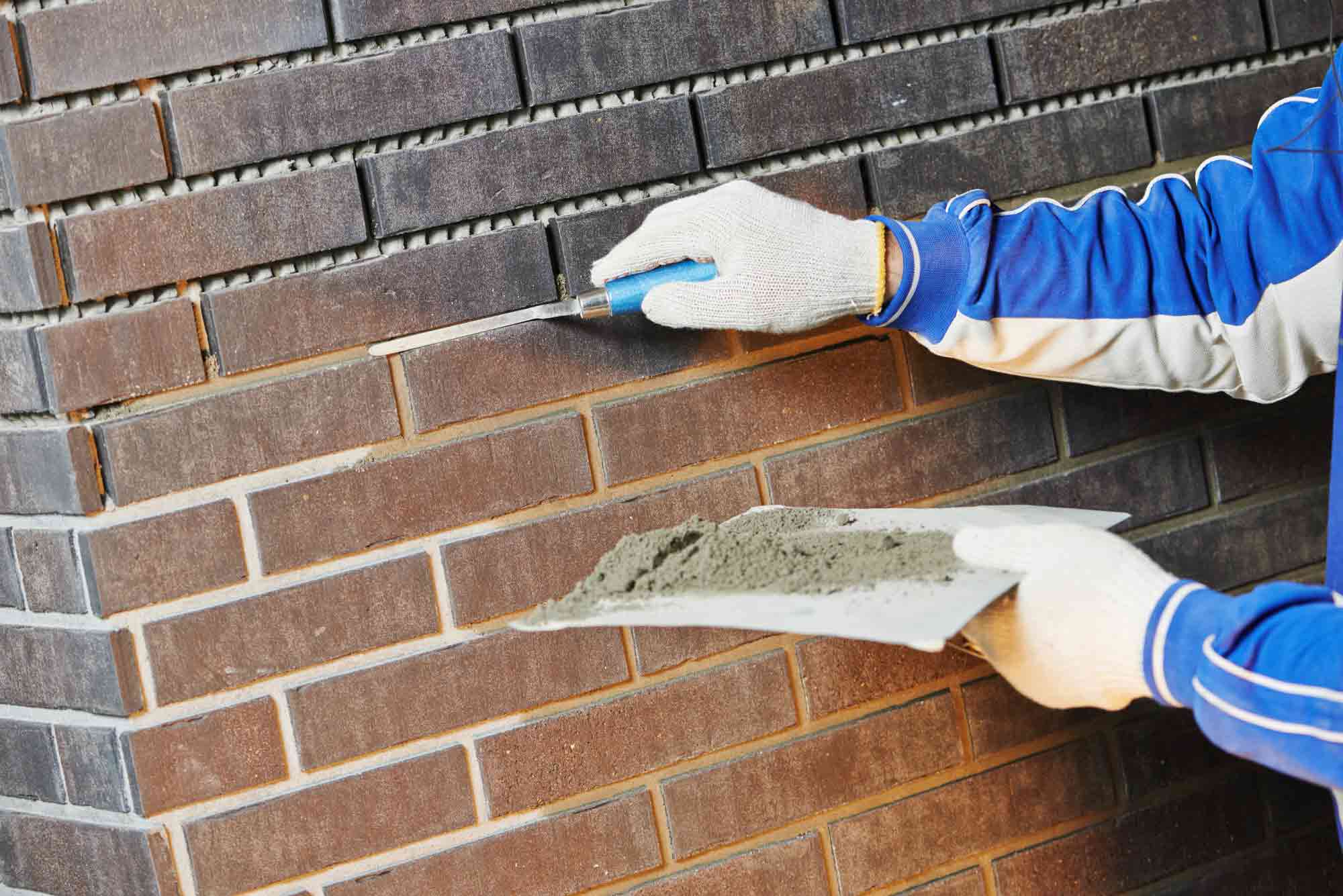
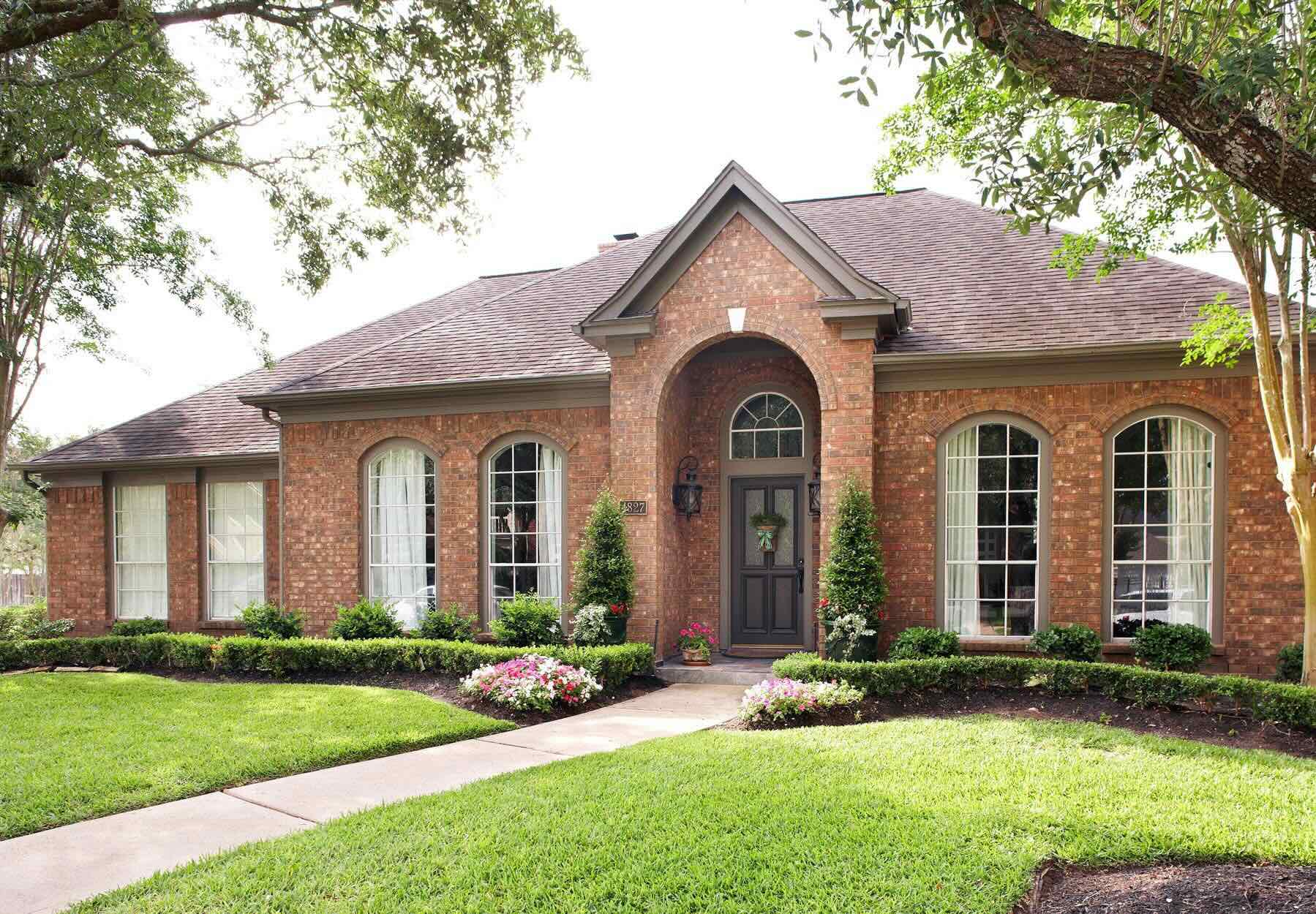

0 thoughts on “How Long Will A Brick House Last”